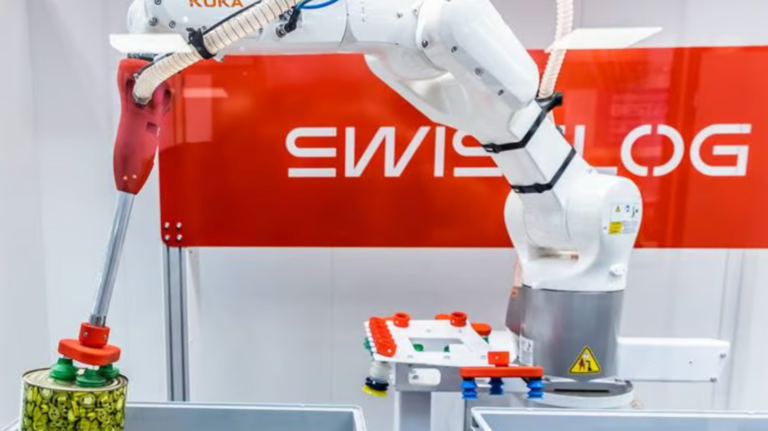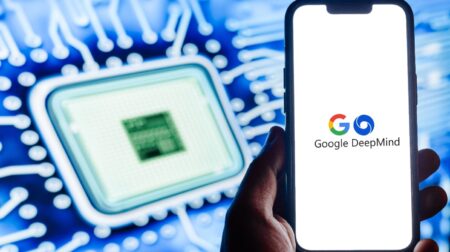With the industrial sector exploring how generative AI can support operations, particularly in robot programming, industrial robotics company Kuka has been working on the development of an AI chatbot that can convert simple voice commands into programming code.
In a statement, the robotics company gave the example of a command like “grab the components one by one and place them in a U-shape on the table”, which can be translated into executable code by the AI model.
At present, this process is confined to a simulated environment.
“We could transfer the AI-generated code to the robot controller, but that is currently still too unsafe. The entire industry agrees on this,” says Roland Ritter, platform program manager – simulation at Kuka.
Instead, a robot’s digital twin is used to verify the AI-generated programme for errors.
Kuka has trained the AI chatbot with data from its proprietary programming language, Kuka Robot Language (KRL), which has been in use for decades.
The next step involves passing the AI chatbot to customers to gather insights on how they articulate voice commands.
Swisslog, Kuka’s intralogistics subsidiary, is also leveraging AI.
Its AI-supported ItemPiQ robot distinguishes between products like shampoo and shower gel, which can enhance efficiency in picking and packing processes for clients in the food, drugstore and pharmaceutical sectors.
Swisslog’s AI model ensures precise, error-free item selection and adaptation to various packaging types, the company said.
However, maintaining the model’s learning and adaptability remains a critical challenge, which the team at Kuka is currently working to overcome.
ItemPiQ is an AI and camera-supported item picking robot, with Swisslog reportedly working for some time on how to use AI models to improve gripping quality.









